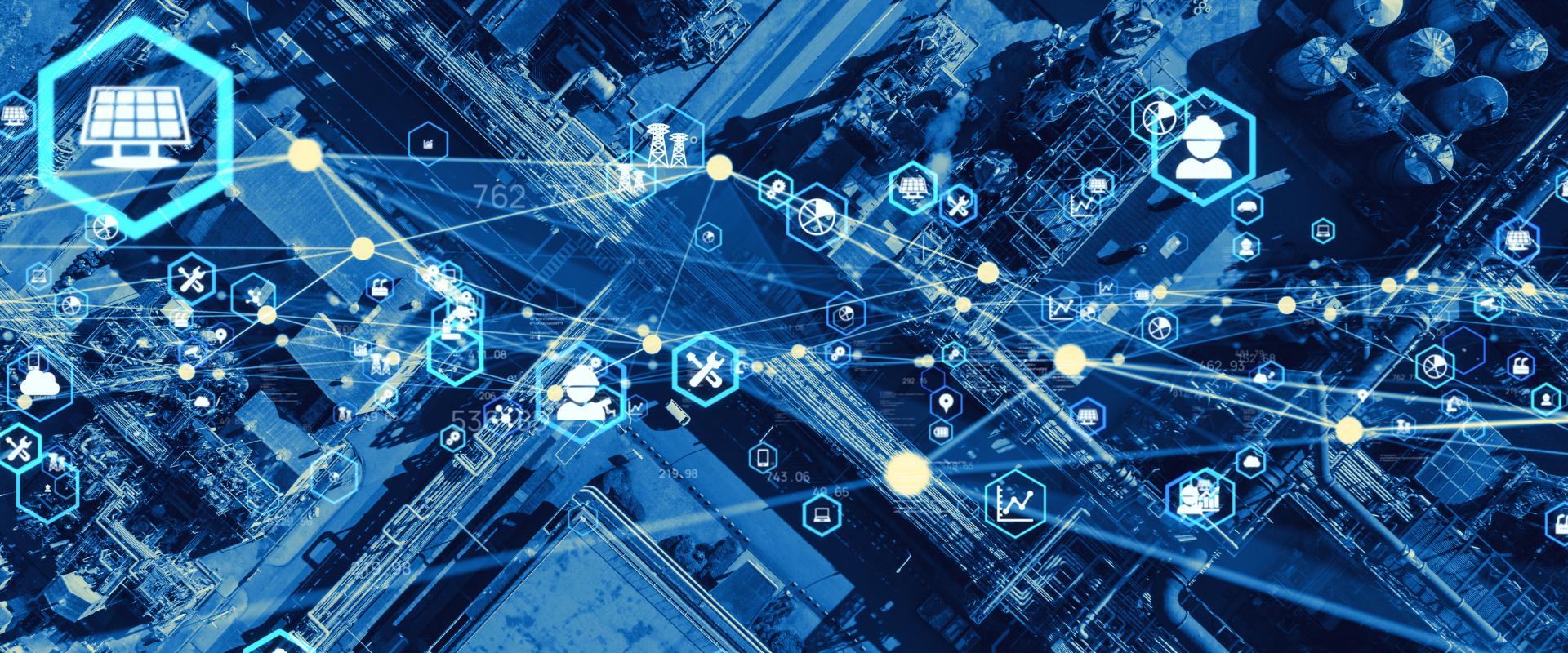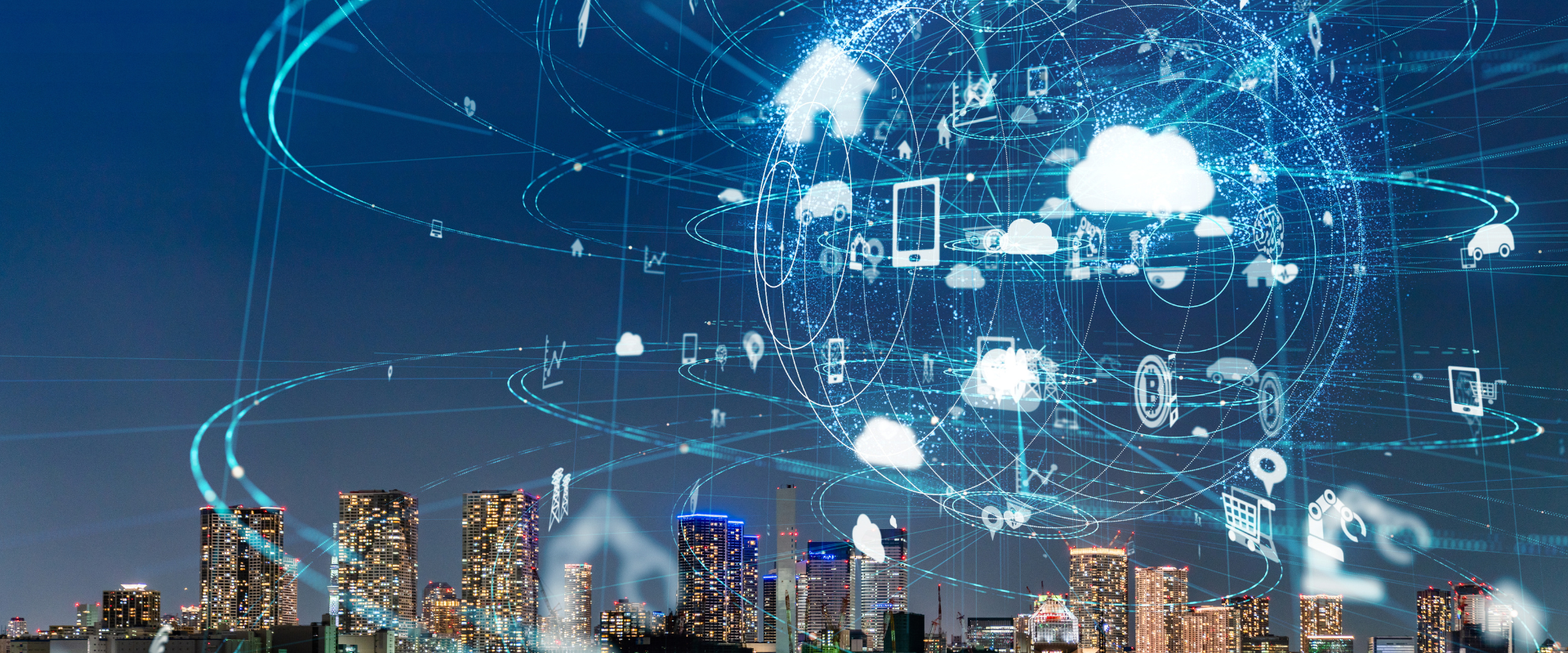
The Future of Cybersecurity: Embracing AI for Proactive Threat Detection
By, Webmaster
- 14 May, 2025
- 3.3k Views
In the rapidly evolving world of cybersecurity, one thing has become clear: traditional methods are no longer enough to stay ahead of cybercriminals. As threats become more sophisticated, businesses need to adopt cutting-edge technologies to detect and mitigate risks before they escalate. One such technology that’s making waves in the cybersecurity field is Artificial Intelligence (AI).
AI-driven security solutions are revolutionizing the way businesses approach threat detection and prevention. In this blog, we will explore how AI is transforming cybersecurity, its benefits, and how businesses can leverage this technology to stay ahead of potential threats.
What Is AI in Cybersecurity?
AI in cybersecurity refers to the use of machine learning, data analysis, and pattern recognition to identify and mitigate cyber threats in real-time. Unlike traditional security measures, which rely on predefined rules or human intervention, AI systems can continuously learn from new data, detect anomalies, and adapt to evolving threats without requiring constant manual input.
Key AI-driven cybersecurity technologies include:
Machine Learning (ML): Machine learning algorithms analyze large datasets to identify patterns and detect unusual behavior, making it possible to spot threats that would typically go unnoticed.
Behavioral Analytics: AI-powered systems can monitor user behavior and identify deviations from normal activities, such as unauthorized access attempts or data exfiltration, in real-time.
Threat Intelligence Automation: AI can analyze vast amounts of data from multiple sources to detect emerging threats and provide businesses with actionable insights to mitigate risks.
AI-Powered Firewalls and Intrusion Detection Systems (IDS): These systems can automatically block malicious traffic or isolate infected systems, preventing the spread of an attack.
Why AI Is Crucial for Cybersecurity in 2025
Faster Threat Detection: Cyberattacks are becoming more complex and occur at a faster pace than ever before. AI can process vast amounts of data in real-time, allowing it to detect and respond to threats much more quickly than human analysts. This reduces the time between detection and response, which is crucial in minimizing damage.
Example: AI systems can detect and block zero-day exploits (previously unknown vulnerabilities) before they have a chance to cause significant harm.
Enhanced Accuracy: Traditional cybersecurity systems rely on predefined rules to detect threats, which can lead to false positives or missed attacks. AI, on the other hand, learns from data and adapts to new attack methods, improving the accuracy of threat detection over time.
Example: AI-based systems can differentiate between normal network activity and sophisticated attacks like advanced persistent threats (APTs), significantly reducing false alarms.
Reducing Human Error: Human error remains one of the leading causes of cybersecurity breaches. AI can eliminate the risk of mistakes by automating routine security tasks, such as patch management and threat analysis. This allows security teams to focus on more strategic efforts.
Example: Automated patching with AI-driven systems ensures that critical vulnerabilities are addressed promptly, reducing the chances of exploitation.
24/7 Protection: AI never sleeps. While human cybersecurity teams can only monitor systems during working hours, AI-powered systems can continuously analyze data and respond to threats around the clock.
Example: AI can detect and mitigate threats during off-hours when human teams are not actively monitoring, ensuring continuous protection.
The Benefits of AI-Driven Cybersecurity
Scalability: As businesses grow, so do the complexities of their cybersecurity challenges. AI solutions are highly scalable, enabling organizations to expand their security measures without needing to significantly increase their cybersecurity teams.
Proactive Threat Hunting: AI can actively search for potential threats within an organization’s network, identifying and neutralizing risks before they can be exploited. This proactive approach is far more effective than relying on reactive measures after an attack has occurred.
Cost Efficiency: While the initial investment in AI-powered security solutions can be significant, the long-term cost savings are substantial. AI reduces the need for manual intervention, increases operational efficiency, and prevents costly data breaches.
Improved Incident Response: AI can automatically initiate incident response procedures when a threat is detected, such as isolating infected systems, blocking malicious IP addresses, or alerting the security team. This rapid response helps minimize the impact of a breach.
Better Threat Intelligence: AI can aggregate and analyze data from multiple sources, such as security logs, network traffic, and external threat intelligence feeds, to provide businesses with a more comprehensive view of the cybersecurity landscape.
How to Implement AI in Your Cybersecurity Strategy
Assess Your Security Needs: Before implementing AI-powered cybersecurity tools, assess your organization’s unique security requirements. Understand the specific types of threats you are most likely to face and choose AI solutions that address these challenges.
Invest in AI-Driven Tools: There are several AI-powered tools available on the market, from automated threat detection systems to advanced firewalls. Invest in tools that integrate well with your existing security infrastructure.
Integrate AI with Human Expertise: While AI can automate many tasks, it’s important to maintain a balance between machine learning and human expertise. Security teams should still play a key role in managing incidents, interpreting AI-generated alerts, and making strategic decisions.
Continuous Monitoring and Adaptation: AI systems must be regularly monitored and adapted to address new threats and challenges. Continuously assess the performance of your AI-driven security tools to ensure they remain effective and up-to-date.
Employee Training: Ensure your team is properly trained to work alongside AI-driven tools. Providing employees with the knowledge to interpret AI-generated insights and alerts will enhance the overall effectiveness of your security strategy.
Conclusion
As cyberattacks continue to grow in sophistication, the role of AI in cybersecurity will only increase. In 2025 and beyond, businesses will need to rely on AI to proactively detect and mitigate emerging threats, keeping pace with cybercriminals who are constantly developing new methods of attack.
With the power of AI at their disposal, organizations can gain a competitive advantage in the fight against cybercrime, enhancing both the speed and accuracy of their security measures. The future of cybersecurity is here, and it’s powered by AI.
We hope this article has highlighted the benefits of AI-driven cybersecurity and how it can transform your security strategy. For more information or assistance with integrating AI into your cybersecurity efforts, contact us today!
Recent Posts
- IoT Security Risks: How Connected Devices Are Expanding the Cyberattack Surface
- Data Breaches: Understanding the Real Cost of a Cyberattack
- Deepfake Fraud: The New Frontier of Cybercrime
- Cloud Security Challenges: How to Protect Your Data in a Borderless Digital World
- AI in Cybersecurity: How Artificial Intelligence is Changing the Fight Against Cyber Threats
Category
- Cyber Security (86)
- Vulnerability Assessment (70)







